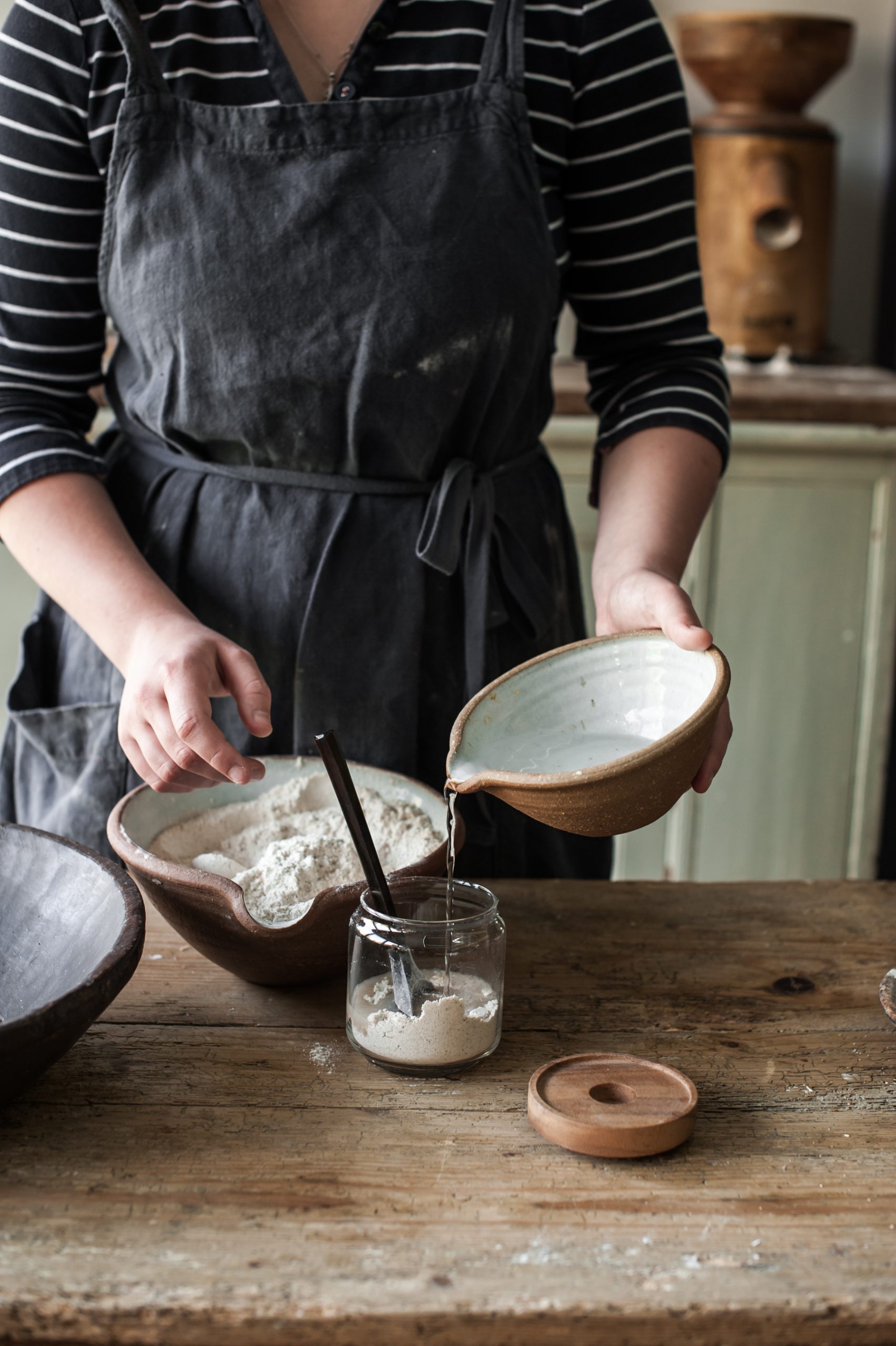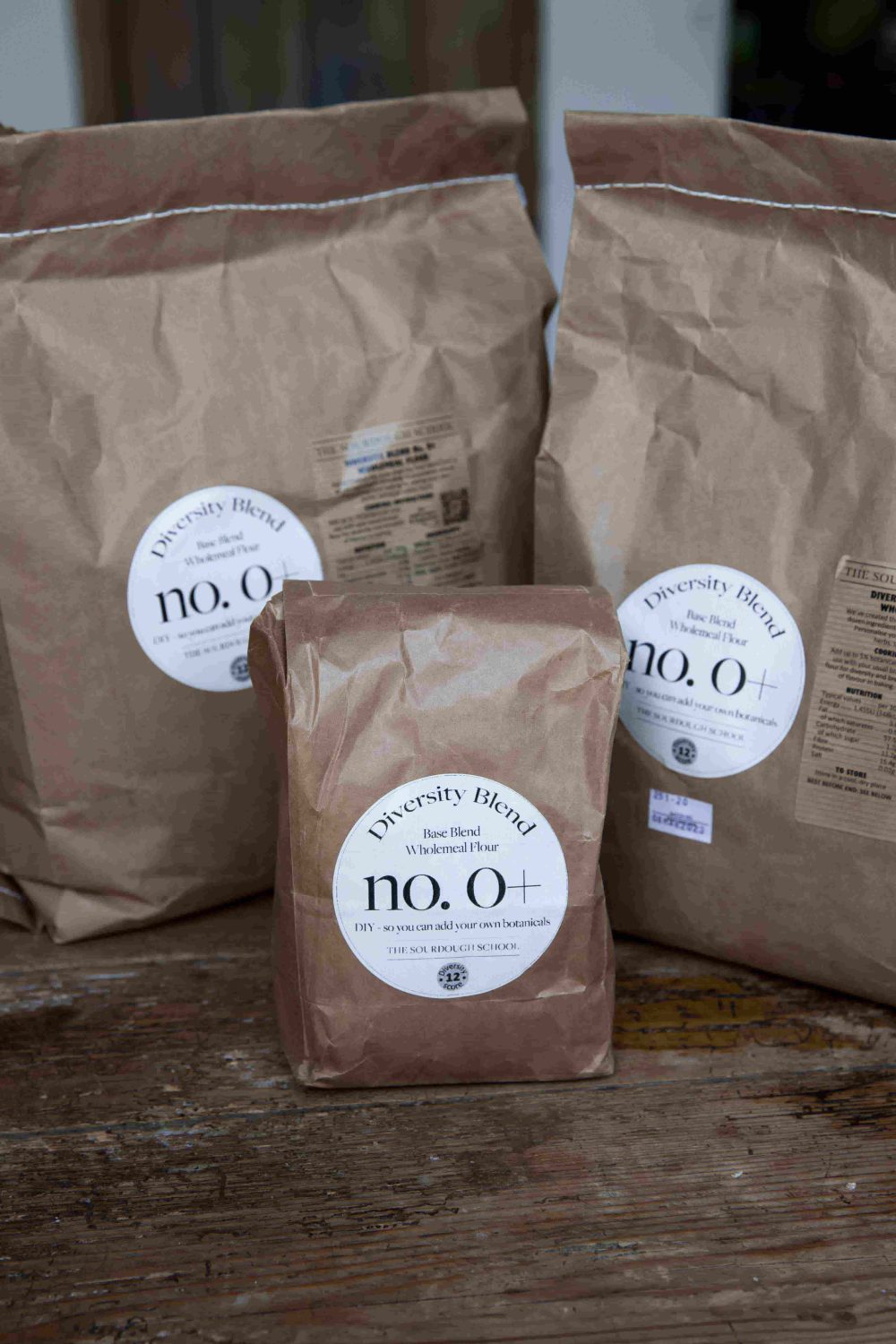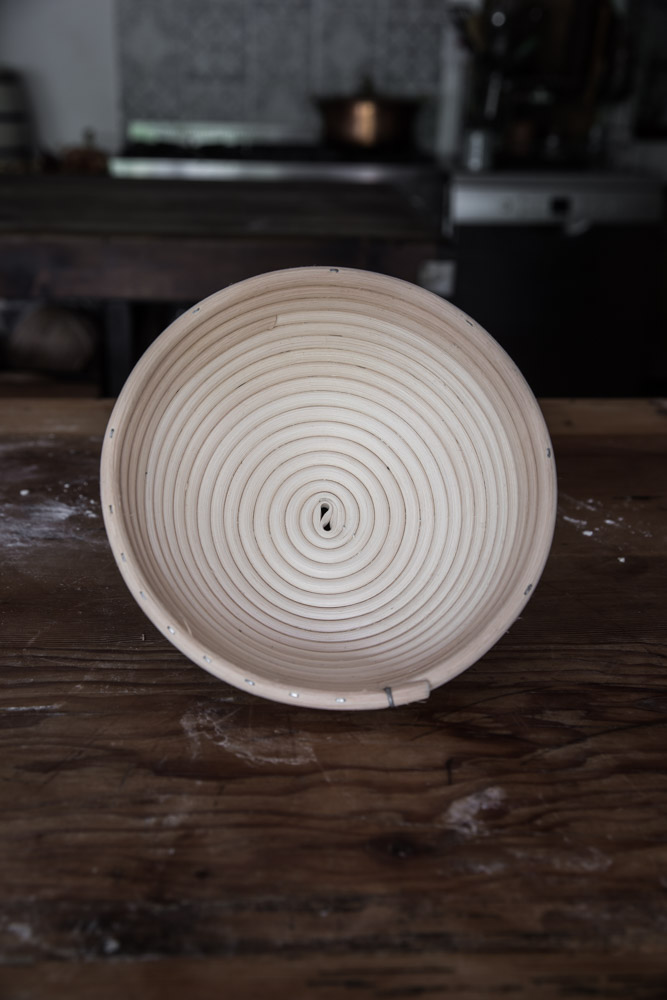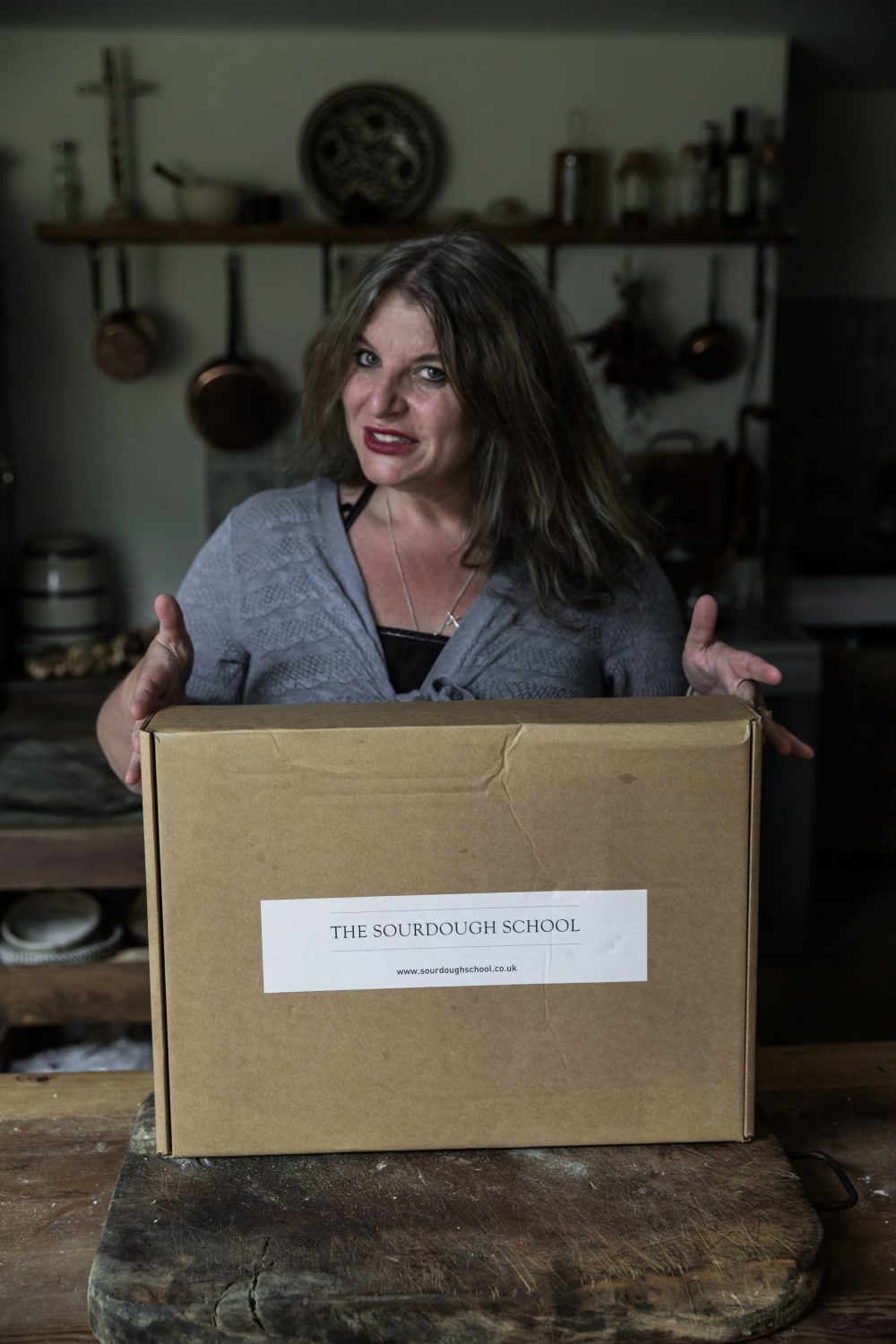Why do you need to build up a sourdough starter?

I help bakers understand how to make healthy, delicious sourdough bread. In my books and at The Sourdough School and club. By clarifying the starter’s lifecycle, bakers gain a deeper understanding of sourdough. The first build occurs when you wake up a dormant starter from the fridge with a refreshment. Learn about the ingredients and kits you need here.
A sourdough starter is a mix of wild yeast and beneficial bacteria from flour and water. It gives your bread rise and distinct flavour. However, a freshly mixed starter isn’t ready for baking. It needs time and regular feedings (refreshments) to become strong and active.
What is a Starter Refreshment?
A starter refreshment is simply feeding your starter with fresh flour and water. When you do this, you’re providing the yeast and bacteria with new food (the flour) and hydration (the water), which encourages them to grow and multiply. The more they grow, the more bubbles and activity you’ll see in your starter, and the better it will perform in your bread dough.
The First Build: Why It’s Important
After being stored in the fridge, your starter’s yeast and bacteria are sluggish. The first refreshment wakes them up. However, this single refreshment may not bring your starter to full strength. It takes time and multiple feedings to build up yeast and bacteria for stronger dough, especially for complex breads like a boule.
What Happens After the First Refreshment?
After the first refreshment, your starter becomes more active, but it may still be weak. You’ll see some bubbles and slight rising, but it’s not ready for demanding breads like a boule. For simpler breads, like a tin loaf, the starter may suffice, as the tin helps support the dough.
Why Multiple Refreshments Matter
Each refreshment boosts the population of yeast and bacteria. After the first refreshment, your starter may still be weak. With a second or third refreshment, it becomes more vigorous, giving you the strength needed for airy, flavorful breads like boule.
Using Your Starter at Different Stages
So, while a first build starter can be used for a simpler bread like a tin loaf, it’s often not yet strong enough for more demanding bakes.
What should I do with my starter between bakes?
When you’re not baking, you can store your starter in the fridge. The cold temperature slows down the activity of the yeast and bacteria, meaning you don’t need to feed it every day. However, before you bake again, you’ll need to take it out of the fridge and give it one or more refreshments to bring it back to full strength.
Once refreshed, you can continue to the second refreshment or use it in recipes like our Russian Rye Bread recipe on page 127 of ‘The Sourdough School’ recipe book or our Chocolate Rye Boule recipe on the Sourdough Club.
Please note: when you make our Rye recipes you can use both leftover starter from the first build and the first-build starter itself to ensure you have enough for the recipes.




